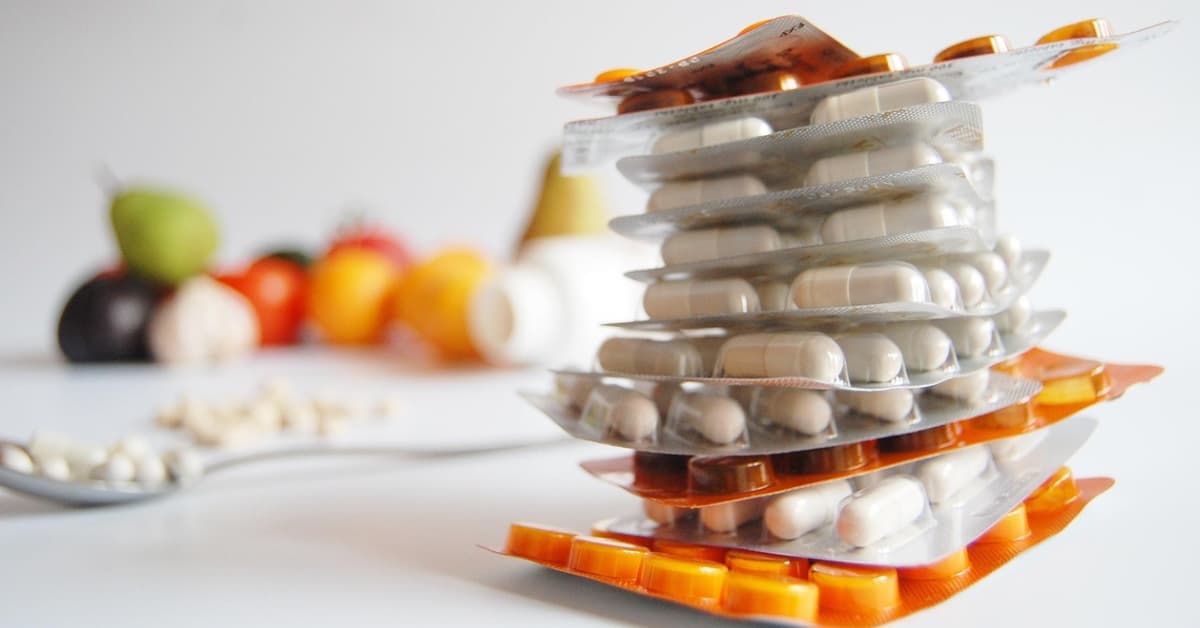Table of Contents
Introduction
Minoxidil belongs to the antihypertensive class. It is utilized to treat high blood pressure (hypertension).
High blood pressure contributes to the workload of the heart and arteries. If it resumes for a long time, the heart and arteries may not function properly. It may harm the blood vessels of the heart, brain, & kidneys, resulting in a stroke, kidney failure, or heart failure. High BP may also raise the risk of heart attacks. These issues may be less likely to occur if blood pressure is maintained.
Minoxidil works by calming blood vessels so blood passes through them more smoothly, lowering blood pressure.
For some patients, minoxidil has other annoying consequences. These include increased hair growth, weight gain, fast heartbeat, and chest pain. Oral minoxidil is minoxidil in tablet form that is taken by mouth. Before taking this medicine, be sure you have examined its use with your doctor.
Some balding men use minoxidil in liquid form on the scalp to produce hair growth. Nevertheless, inappropriate use of liquids made from minoxidil tablets can result in the drug being absorbed into the body, which may have undesirable effects on the heart and blood vessels.
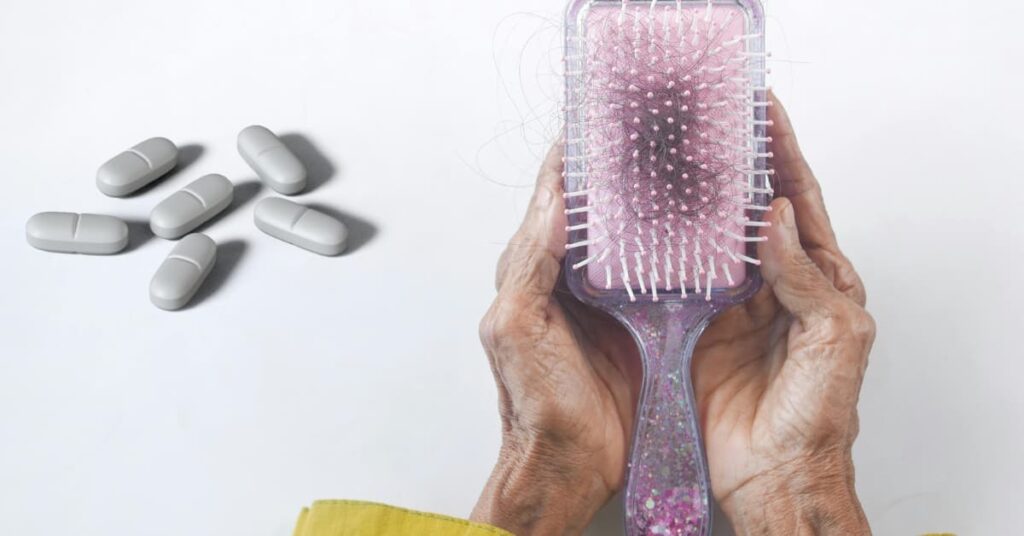
oral minoxidil
Minoxidil is a flourishing hair therapy as an oral medicine, even though most will be better familiar with it as a scalp tonic or form. Under certain circumstances, it can be taken orally as a pill, and dermatologists increasingly realize this as an effective & convenient way of treating hair concerns.
Topical minoxidil is minoxidil, which is applied to the skin.
Oral minoxidil is minoxidil in tablet form that is taken by mouth.
Oral Minoxidil can be reviewed for hair loss if :
- Topical Minoxidil causes a rash, itch, or allergy.
- Topical Minoxidil provokes poor hair texture. Occasionally, it can generate dry, tangled hair that is prone to breakage.
- There is no benefit from topical Minoxidil after 6 months of diligent use.
- There are different problems with topical Minoxidil, and this causes compliance problems.
Mechanism of Action
Although the exact way minoxidil stimulates hair growth is not entirely understood, several mechanisms are believed to be involved.
- Vasodilation: Minoxidil is a vasodilator that widens or enlarges blood vessels. This increased or enlarged blood flow to the hair follicles is thought to deliver more nutrients and oxygen.
- Hair Cycle Modulation: The medication may help shorten the resting phase and lengthen the growth phase of the hair cycle. An initial shedding of older hairs may occur before new growth becomes apparent.
- Cellular Effects: Oral minoxidil is believed to influence cellular pathways and activate potassium channels involved in hair growth processes.
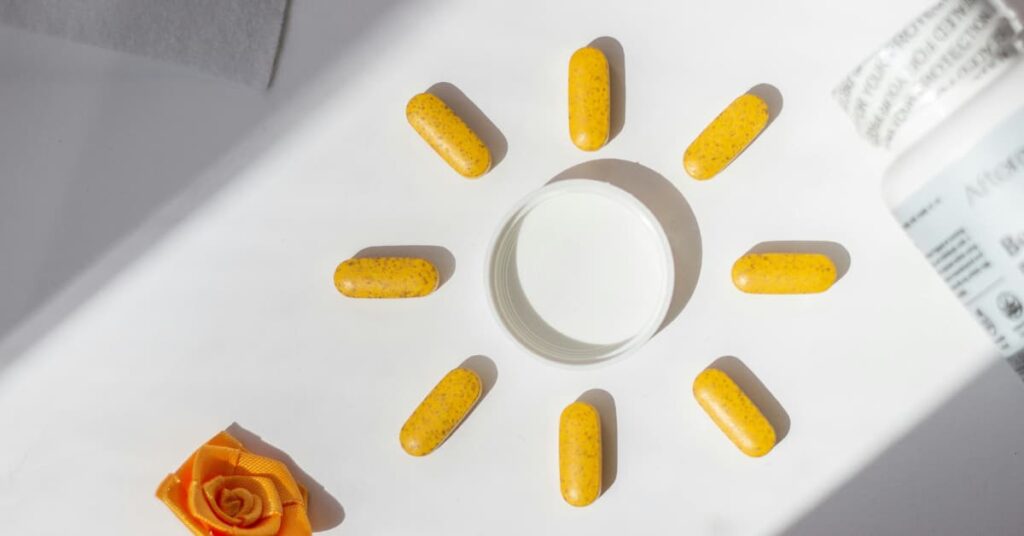
Advantages of Oral Minoxidil
Oral minoxidil is an alternative for individuals who do not want to use topical minoxidil. It might be too inconvenient to regularly apply the liquid minoxidil solution to their scalp for a long time. Taking a simple tablet of Oral Minoxidil is more convenient in this case.
Oral minoxidil is also more convenient for individuals using hair pieces or keratin fibers to conceal hair loss. Additionally, oral minoxidil can be combined with other hair loss treatments, such as finasteride, dutasteride, or hair transplant procedures, providing a versatile approach to combating hair loss.
In a study, researchers also found that Oral Minoxidil can work with a lower activity of the follicular sulfotransferase enzyme, which is one of the primary reasons for the inefficacy of Topical minoxidil. So, oral minoxidil is a better alternative for individuals with lower follicular sulfotransferase enzyme activity levels.
Do oral minoxidil and minoxidil pills work
Yes, low-dose oral minoxidil is an effective and safe treatment for hair loss, including male and female pattern baldness. However, it has not yet been officially authorized by the (Food & Drug Administration) FDA for this purpose. Initially developed for high blood pressure, minoxidil’s side impacts of stimulating hair growth led to its use as a hair loss treatment.
Minoxidil works in several ways to help regrow hair:
- Increases blood flow: It is a vasodilator that widens blood vessels. This effect increases blood flow to the hair follicles, providing them more oxygen and nutrients.
- Prolongs growth phase: It shortens the resting phase (telogen) and prolongs the active growth phase (anagen) of the hair cycle.
- More consistent activation: Unlike topical minoxidil, which requires a specific enzyme (sulfotransferase) in the hair follicles to become active, the oral form is activated consistently in the liver. It makes it a better option for people who do not respond well to topical minoxidil.
Effectiveness and results
Many studies and clinical reviews show positive results for patients using low-dose oral minoxidil for hair loss.
- Significant improvement: An extensive review of studies involving over 2,900 patients found that 35% experienced significant progress, 47% showed overall improvement, and 26% stabilized their hair loss.
- Vertex vs. frontal areas: Some studies indicate that the vertex (crown) of the scalp responds better than the frontal hairline, which is similar to results seen with other hair loss medications.
- Combination therapy: For more advanced cases of androgenetic alopecia, oral minoxidil is often combined with other treatments, such as finasteride or dutasteride, which can lead to enhanced results.
- Takes time: Results are not immediate and require patience. Visible changes can be seen within 6 to 12 months of consistent use.
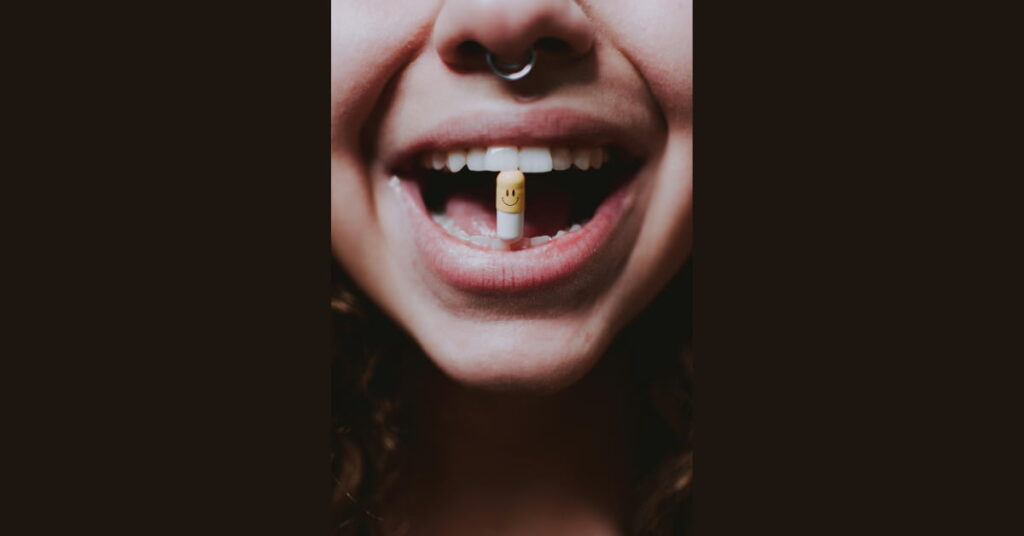
Oral minoxidil for hair loss
Oral minoxidil is a medication primarily known for treating high blood pressure. Still, it is also used off-label as a treatment for various kinds of hair loss, including androgenetic alopecia (male- and female-pattern baldness). It is thought to promote hair growth by influencing blood flow to hair follicles and extending the active growth phase or period of the hair cycle.
Oral vs. Topical Minoxidil
Minoxidil is available or obtainable in both topical and oral forms. While topical minoxidil is applied directly to the scalp, oral minoxidil is taken as a pill. Oral minoxidil may be considered by individuals who find topical application inconvenient or who have not seen sufficient results with topical treatments.
- Convenience: Taking a daily pill may be simpler and less time-consuming than applying a topical solution or foam, potentially improving consistency of use.
- Potential Efficacy: Some studies suggest that oral minoxidil may be more effective for specific individuals due to better systemic absorption and distribution to hair follicles. It may be an option for those whose hair loss is not responsive to topical treatments.
- Side Effect Profile: While oral minoxidil can have effects throughout the body, it may cause less localized scalp irritation compared to the topical formulation.
Timeline for Results
To see results, which typically develop gradually over several months, it is important to consistently and continuously use oral minoxidil.
- Early Stages (0–3 months): Some individuals may notice an initial hair shedding, often called “dread shed.” It is generally considered a temporary phase that indicates the medication is starting to work and is followed by regrowth.
- Visible Changes (3–6 months): Noticeable signs of hair regrowth and potentially increased hair density may become apparent during this period.
- Further Improvement (6–12 months): Continued use can improve hair thickness and density.
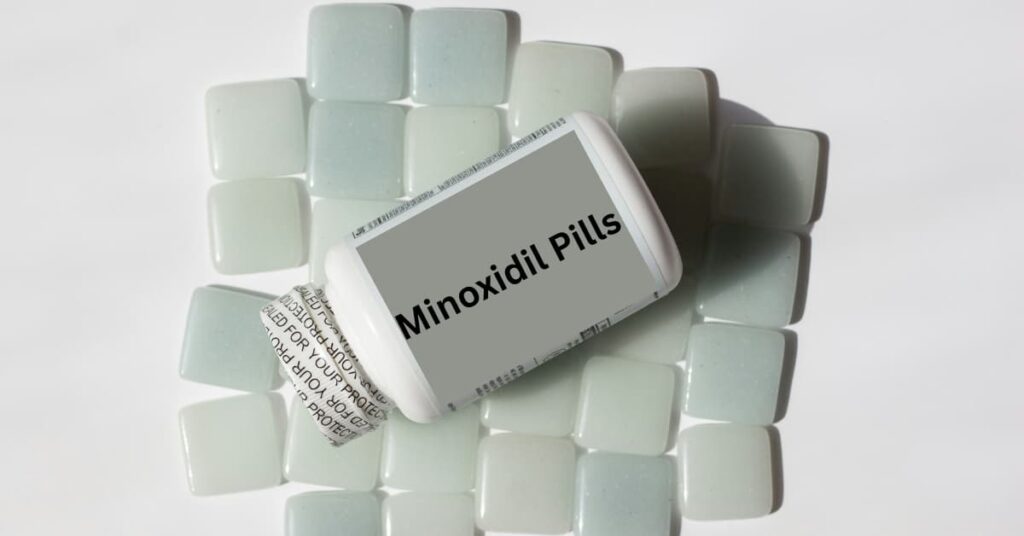
Side effects of oral minoxidil
At the lower doses used to treat hair loss, side effects are abnormal. The most extensive study looking at side effects showed that in 943 women and 461 men, 2.5% of women and 0.5% of men had to stop treatment because of a side effect.
- Excessive hair (Hypertrichosis). The most common side effect is hypertrichosis for both men and women- excess hair growth elsewhere on the face and body. Excess growth is more likely to occur at higher doses. While this side effect is bothersome, it can usually be managed with hair removal methods and is not a common reason for someone to stop. Hypertrichosis may affect 10-25% of those on low doses (<4mg) and up to 50% of those on higher doses (>5mg).
- Temporary shedding. Temporary shedding is widespread when starting oral or topical Minoxidil. These side impacts occur within the first 6 weeks and can be of significant concern. However, continuing the medication is essential, as this will stop after 4 weeks.
- Ankle swelling and fluid retention. Swelling of the lower legs can occur in up to 3% people. This is usually at higher doses. Fluid retention can also sometimes show up around the eyes as puffy eyes, which are worse in the morning. Study showed that 1.3% get ankle swelling (25% of these individuals stop treatment), and 0.3% experience swelling around the eyes (0% need to stop treatment for this).
- Low blood pressure and feeling lightheaded. Minoxidil is also used to control high blood pressure, usually at doses of 10-40mg daily – much higher than the doses used for hair loss. However, even lower doses can sometimes cause a reduction in blood pressure. 2% of people may get postural hypotension with low doses of Minoxidil. 8% may have general symptoms of lightheadedness. It leads to dizziness when getting up quickly. 1.7% of those on low-dose Minoxidil experience lightheadedness; of these, only 11% need to stop treatment.
- Fast heart rate. Minoxidil can also cause a fast heart rate, but this is usually at higher doses. You should alert your doctor if you take other medications, such as asthma inhalers, which can also increase the heart rate. 0.9% of those on low-dose oral minoxidil appear to experience this side effect, and 33% of these individuals need to stop treatment.
- Headaches. As many as 9% of people may experience headaches, but again, this improves with time: 0.4% experience this side effect, and 44% need to stop treatment.
- Worsened hangovers. A 2024 report has suggested that oral minoxidil may exacerbate alcohol hangover symptoms such as nausea, headaches, and light sensitivity in a small number of people taking oral minoxidil. The mechanism is unknown. The authors recommend that patients consider skipping their oral minoxidil dose on days they anticipate consuming excessive alcohol. There is a need for further research into this potential interaction.
- Uncommon side effects include nightmares, insomnia, pericarditis, skin rashes, nausea, vomiting, and breast tenderness.
It is important to report side effects to your doctor. However, suppose you experience a rapid increase in pulse rate, palpitations, dizziness, shortness of breath, chest pain, or fainting. In that case, you are advised to go to the hospital or call the emergency services.
Conclusion
Minoxidil is a flourishing hair therapy as an oral medicine, even though most will be better familiar with it as a scalp tonic or form. Under certain circumstances, it can be taken orally as a pill, and dermatologists increasingly realize this as an effective & convenient way of treating hair concerns.

